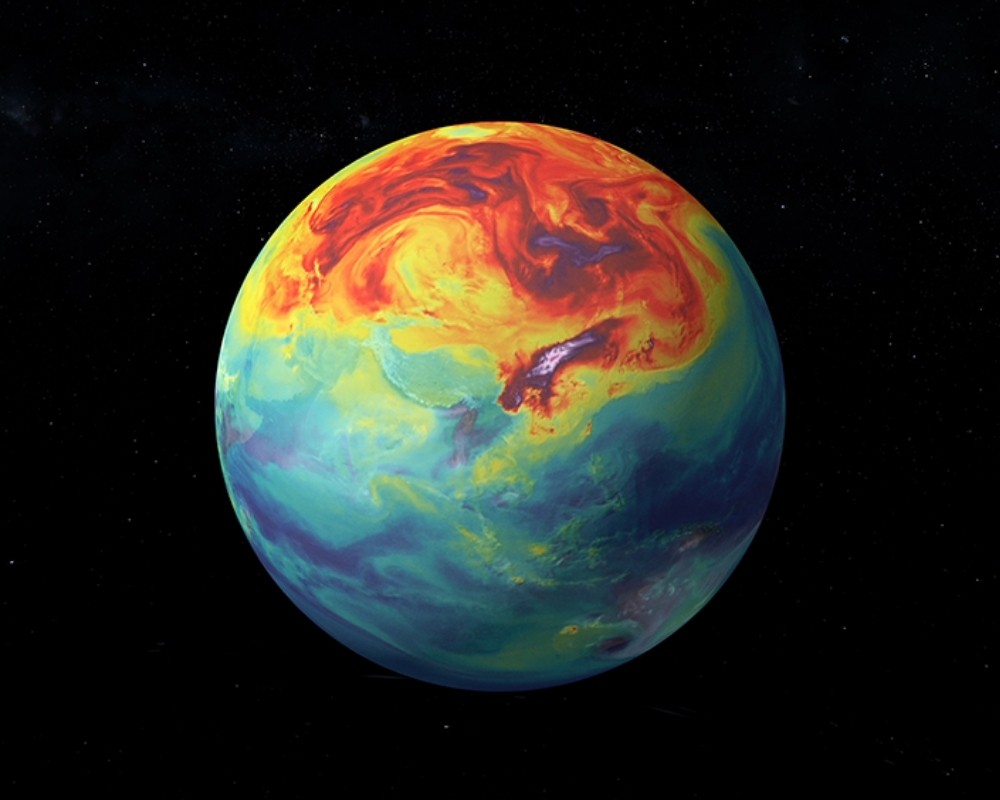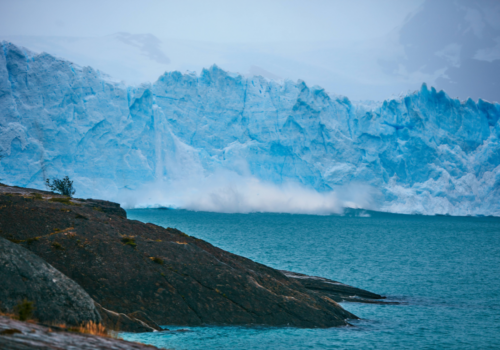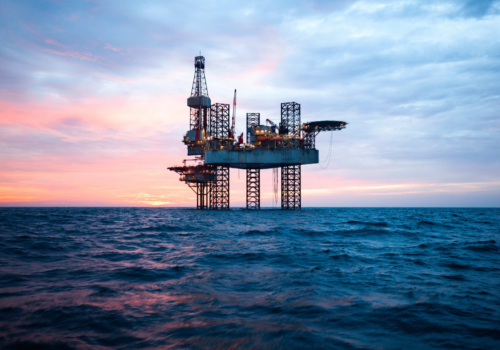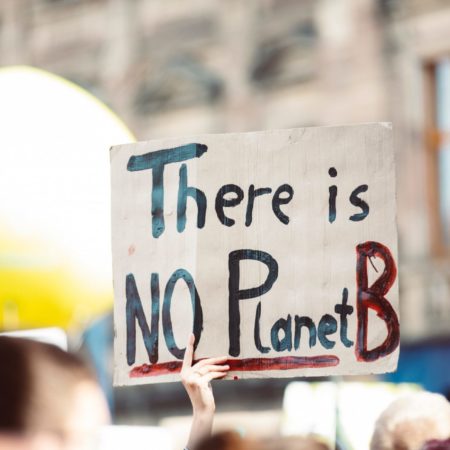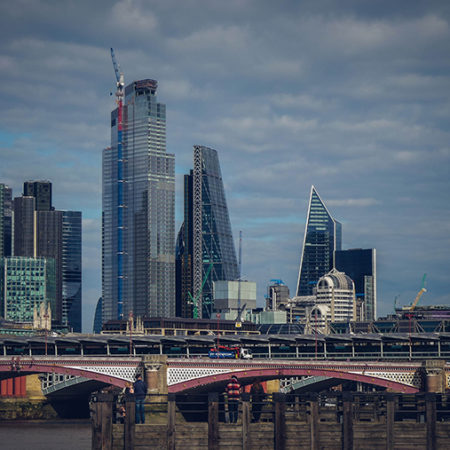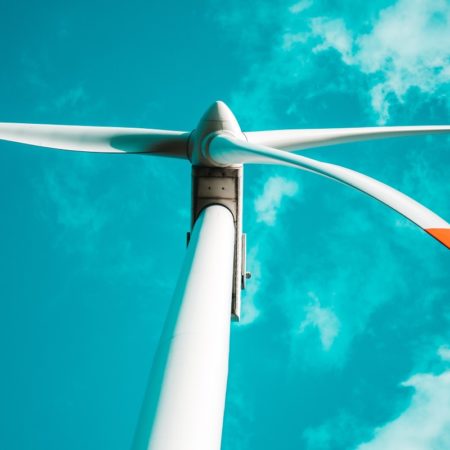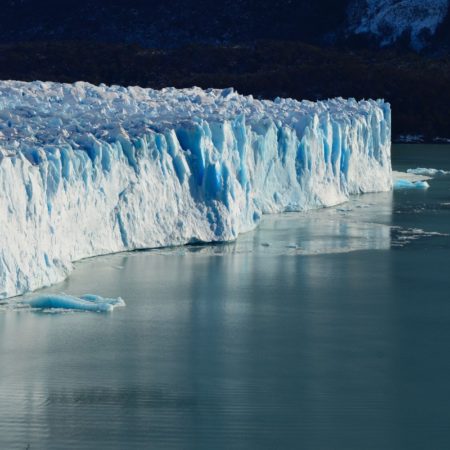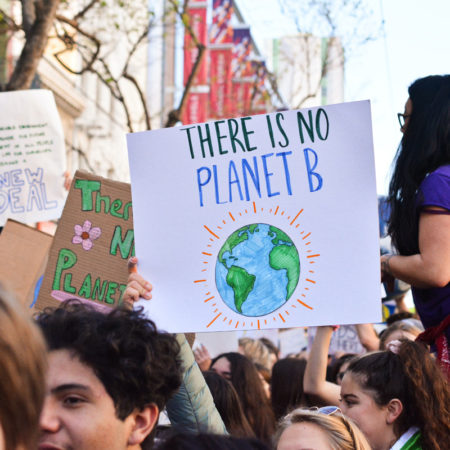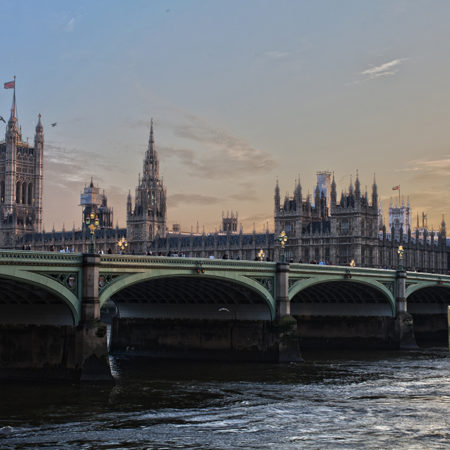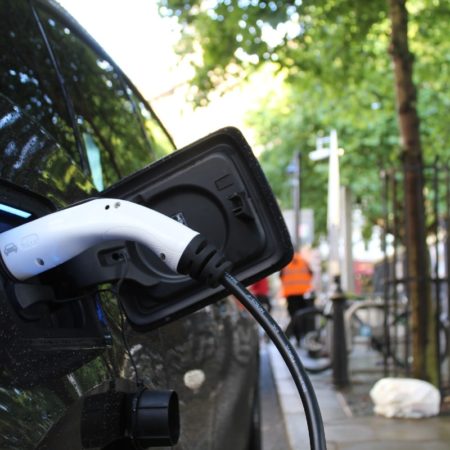Global temperatures could go 1.5°C above the pre-industrial level over the next five years, according to a new report.
The Paris Agreement seeks to keep global temperature rise this century well below 2°C above pre-industrial levels and to pursue efforts to limit the temperature increase even further to 1.5°C. Yet the latest climate update issued by the World Meteorological Organization (WMO) reports there is a 40% chance – double compared to what was predicted last year – of the annual average global temperature temporarily reaching 1.5°C above the pre-industrial level with the odds increasing with time. It also reports that there is a 90% likelihood of at least one year between 2021 and 2025 becoming the warmest on record.
According to the Global Annual to Decadal Climate Update, produced by the Met Office in the UK, the warmest year on record was 2016.
“These are more than just statistics,” said WMO Secretary-General Prof. Petteri Taalas. “Increasing temperatures mean more melting ice, higher sea levels, more heatwaves and other extreme weather, and greater impacts on food security, health, the environment and sustainable development,” he said.
“This study shows – with a high level of scientific skill – that we are getting measurably and inexorably closer to the lower target of the Paris Agreement on Climate Change. It is yet another wakeup call that the world needs to fast-track commitments to slash greenhouse gas emissions and achieve carbon neutrality,” said Prof. Taalas. “Technological advances now make it possible to track greenhouse gas emissions back to their sources as a means of precisely targeting reduction efforts,” he noted.
The WMO said the report underlined the need for climate adaptation. Currently, only half of 193 WMO Members have state of the art early warning services, and it warned countries needed to continue to develop the services that will be needed to support adaptation in climate-sensitive sectors – such as health, water, agriculture and renewable energy – and promote early warning systems that reduce the adverse impacts of extreme events.


